In today's thriving cosmetics industry, the selection and procurement of cosmetic plastic bottles, as a crucial link between products and consumers, not only affect brand image but also directly impact product safety, user experience, and market acceptance. This article aims to provide cosmetic brand owners and procurement professionals with professional knowledge and industry insights into the procurement of cosmetic plastic bottle packaging materials, empowering enterprises to stand out in the fiercely competitive market.
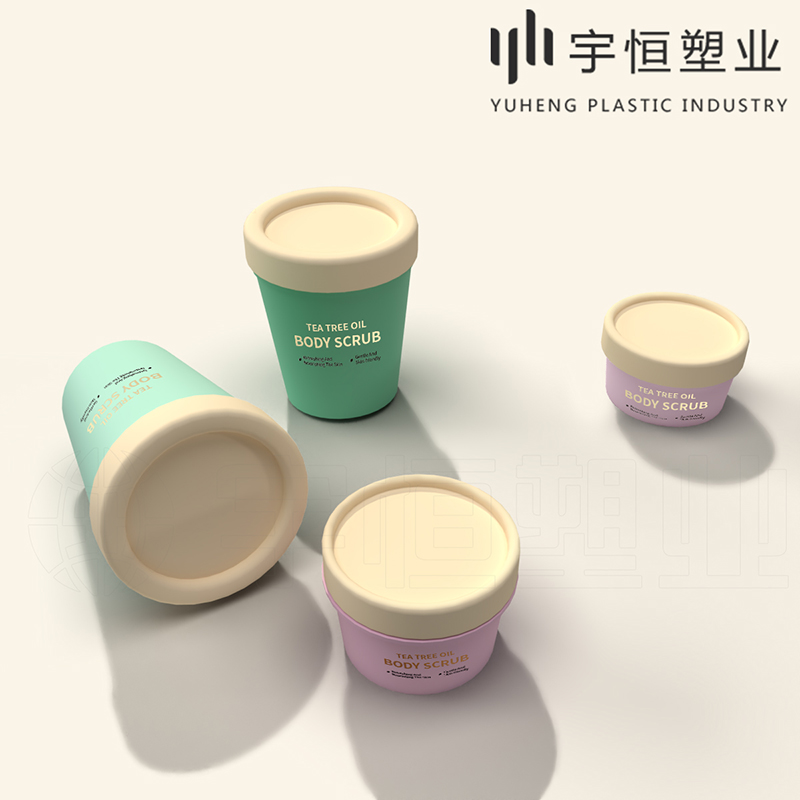
Choice of Plastic Bottle Materials: Safety First, Performance King
Overview of Common Materials:
PET (Polyethylene Terephthalate): High transparency and shatter resistance, widely used for packaging liquids such as skincare products and shampoos.
PP (Polypropylene): High temperature resistance and good chemical stability, suitable for storing cosmetics that require heating or contain highly active ingredients.
HDPE (High-Density Polyethylene): Low cost and good toughness, commonly used for packaging lotions, creams, and similar products.
PETG (Glycol-Modified Polyethylene Terephthalate): Combines PET's transparency with PP's toughness, ideal for premium cosmetic packaging.
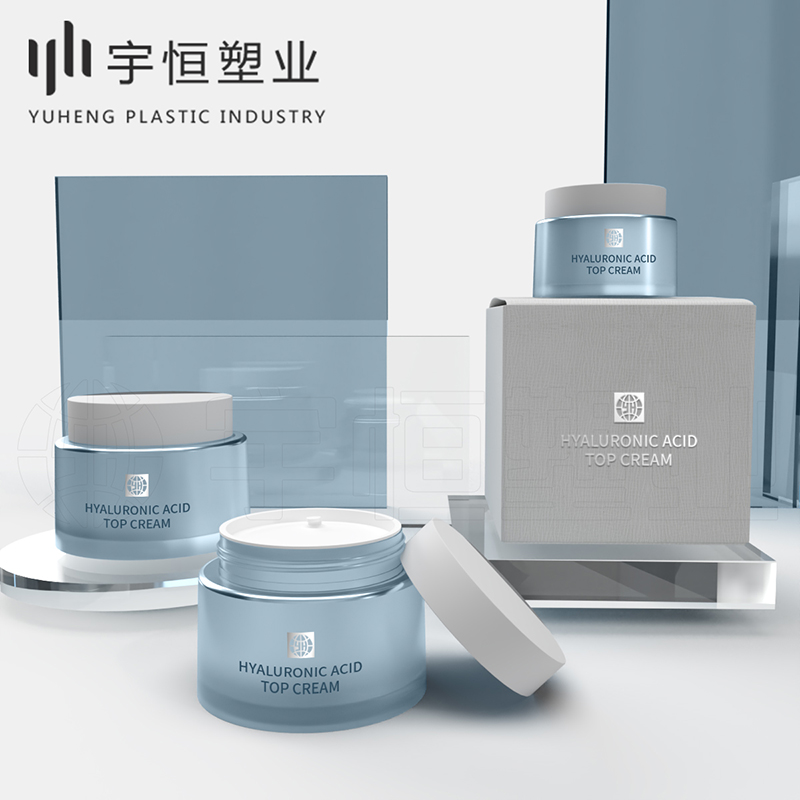
Safety Considerations:
Ensure materials comply with international safety standards, such as EU's REACH regulations and US FDA standards, avoiding materials containing heavy metals, harmful plasticizers, and other toxic substances.
Design and Craftsmanship: Crafting a Unique Brand Image
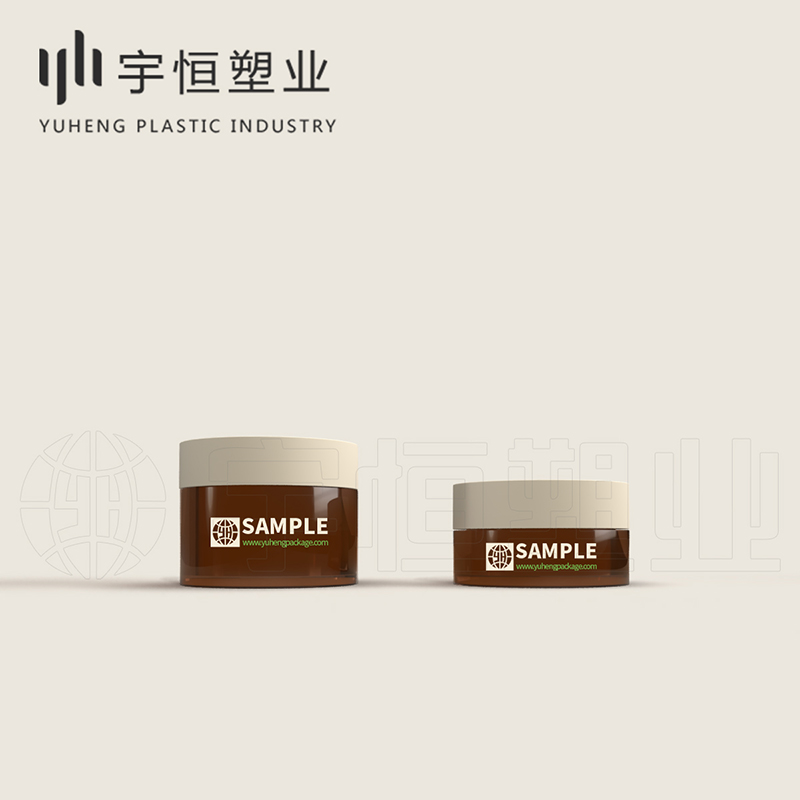
Personalized Design:
Design bottle shapes, colors, patterns, and labels that align with brand identity and target consumer groups. Incorporate innovative design elements like matte, glossy, gradient finishes to enhance product premiumness and appeal.
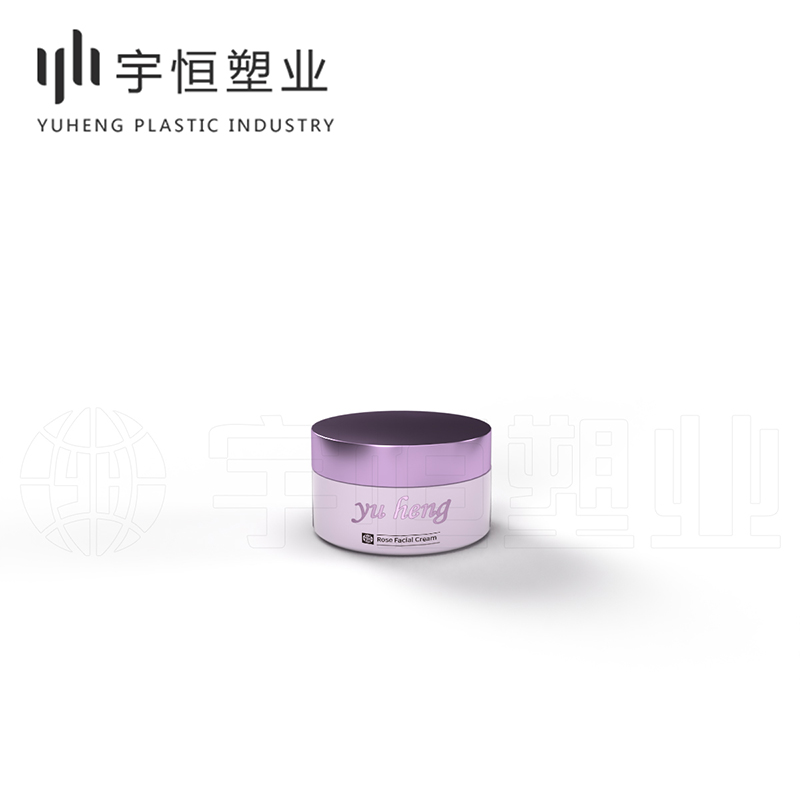
Production Processes:
Understand the characteristics and advantages of common production processes like injection molding, blow molding, and thermoforming, selecting the most suitable process based on product characteristics and cost control. Ensure quality control throughout production to guarantee flawless products with excellent sealing performance.
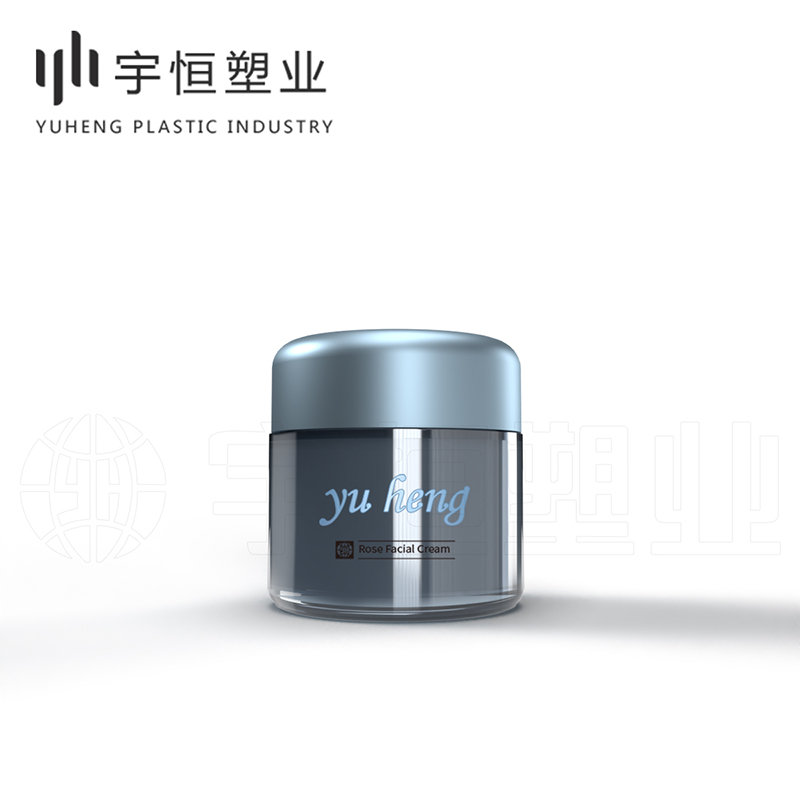
Sustainable Development: Eco-Friendly Material Selection and Recycling
Biobased Materials:
Consider using biodegradable materials like PLA (Polylactic Acid) and PHA (Polyhydroxyalkanoates), derived from renewable resources like corn starch and sugarcane, reducing environmental impact.
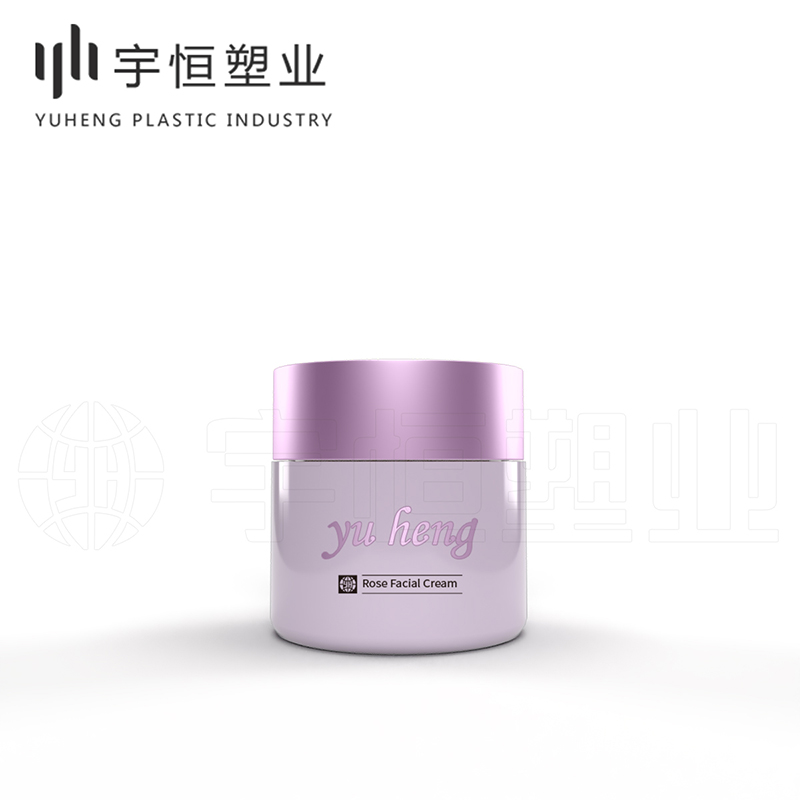
Recycling and Circular Economy:
Choose recyclable plastic bottle materials and collaborate with recycling enterprises to promote circular use of discarded packaging. Design packaging structures that facilitate recycling to improve efficiency.
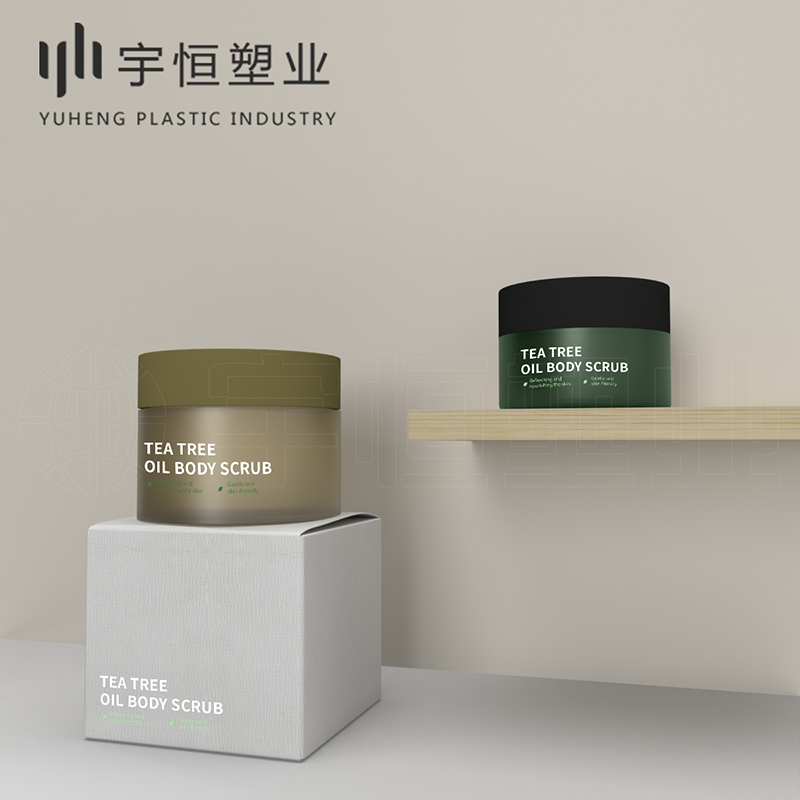
Industry Insights and Trends
Personalization and Customization:
With increasing consumer demand for personalization, the trend towards customized cosmetic plastic bottles is evident. Brands can offer multiple color, shape, and size options based on consumer preferences, even offering one-of-a-kind customization services.
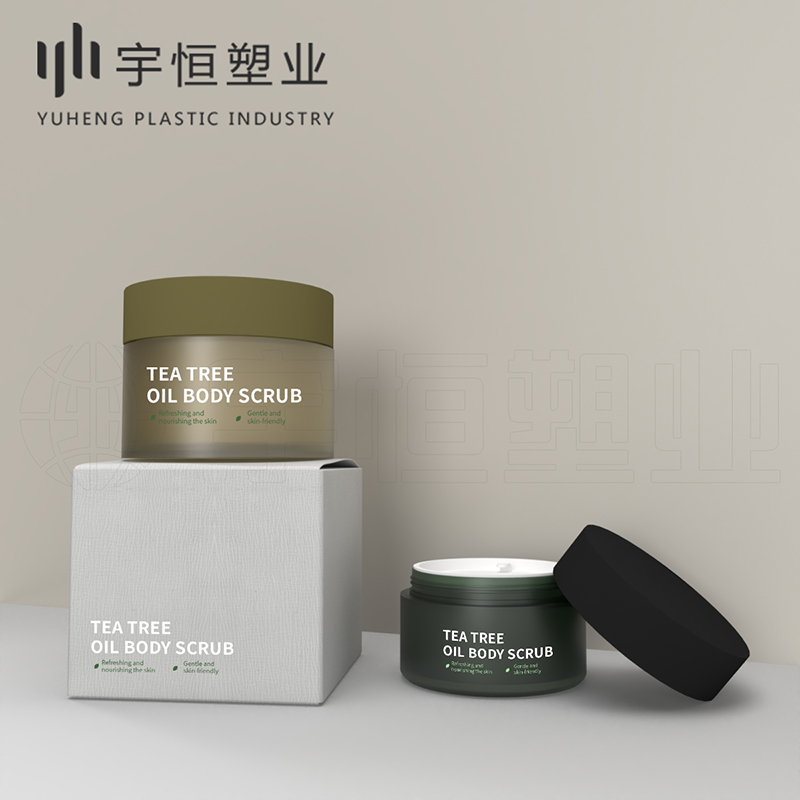
Smart Packaging:
Smart packaging technologies like QR codes and NFC chips enable consumers to easily access product information, anti-counterfeiting verification, and interactive experiences, enhancing brand trust and user loyalty.
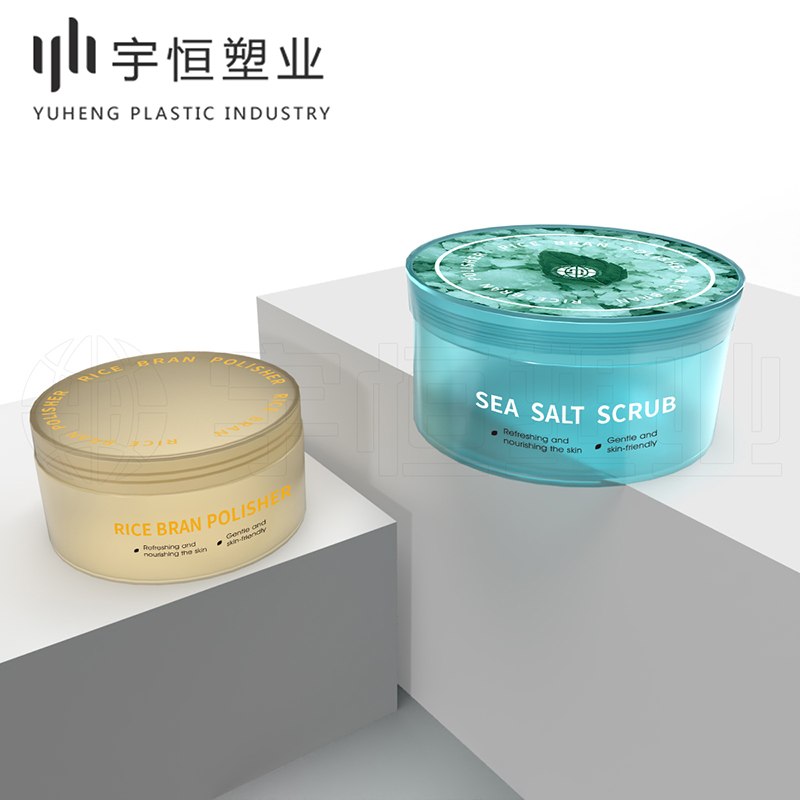
Sustainability as the Mainstream:
Heightened environmental awareness has prompted the cosmetics industry to prioritize packaging sustainability. Adopting eco-friendly materials, reducing packaging waste, and improving recycling rates will become industry norms and trends in the future.
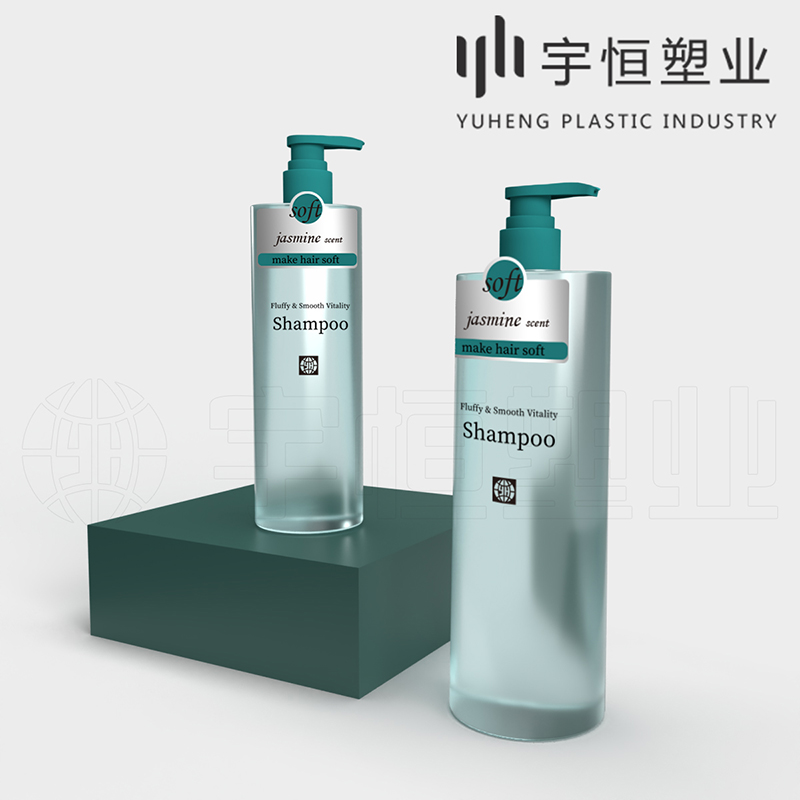
The procurement of cosmetic plastic bottles is a complex task involving multiple aspects, requiring procurement personnel to possess extensive professional knowledge, sharp market insights, and a deep understanding of consumer needs. By selecting materials wisely, designing packaging thoughtfully, and keeping an eye on sustainability trends, cosmetic brands can not only enhance product competitiveness but also foster a positive and responsible brand image in the hearts of consumers.




